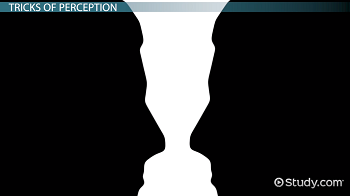To provide the best experiences, we use technologies like cookies to store and/or access device information. Consenting to these technologies will allow us to process data such as browsing behavior or unique IDs on this site. Not consenting or withdrawing consent, may adversely affect certain features and functions.
The technical storage or access is strictly necessary for the legitimate purpose of enabling the use of a specific service explicitly requested by the subscriber or user, or for the sole purpose of carrying out the transmission of a communication over an electronic communications network.
The technical storage or access is necessary for the legitimate purpose of storing preferences that are not requested by the subscriber or user.
The technical storage or access that is used exclusively for statistical purposes.
The technical storage or access that is used exclusively for anonymous statistical purposes. Without a subpoena, voluntary compliance on the part of your Internet Service Provider, or additional records from a third party, information stored or retrieved for this purpose alone cannot usually be used to identify you.
The technical storage or access is required to create user profiles to send advertising, or to track the user on a website or across several websites for similar marketing purposes.
ELEMENTS OF ART AND DESIGN
Definition; Guidelines followed during construction and appreciation of a given art work. They are the building blocks or tools of the visual arts.
Importance
Summary of elements
Negative space: is the area around and between the subjects of an image.
Positive space: are the shapes or spaces that are or represent solid objects.
Importance; Provides area in which an artist expresses him/herself.
Uses of lines
Value: Refers to the degree of lightness or darkness of a given object, in three dimensional arts it is the amount of light that seems to be coming from the viewer of an art piece. (The more the forms protrude, the sharper the contrast and the higher the value and vice versa).
Use; It enriches the surface of a given form by adding to its value.
Categories of Texture in 3D
Types;
In crafts materials such as yarn in weaving is dyed prior to making different articles and alternated during weaving process to create color patterns in the article.
When the original color of the material is not manipulated the final work appears in the same color as that of the material in which it was made (Called glyptic color).
watch the video below to learn more about the elements of art
Assignment
ASSIGNMENT : ELEMENTS OF ART AND DESIGN ASSIGNMENT MARKS : 10 DURATION : 1 week, 3 days